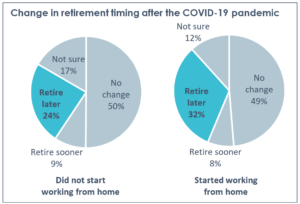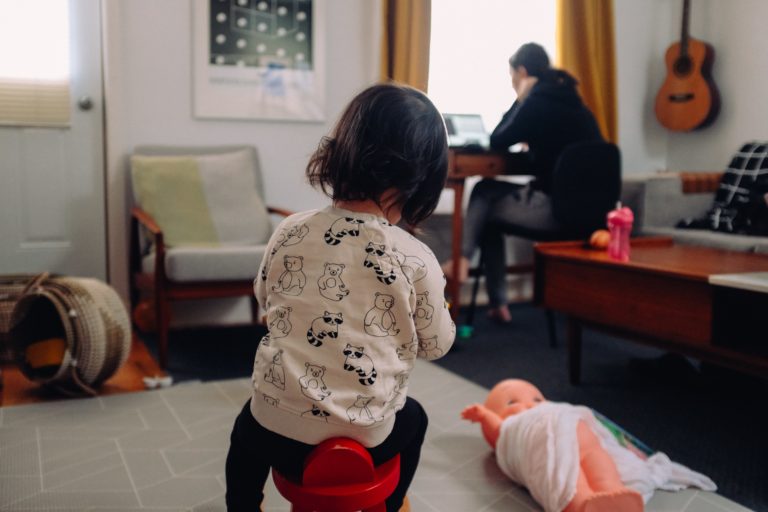Money management in retirement presents a complicated challenge. Over what can be a 20- to 30- year time horizon or more, most retirees need a significant return on their investments in order to deal with the corrosive long-term impact of inflation, pay for unexpected expenses, and maintain their feeling of financial security. This is difficult at any time, but especially hard to achieve in the current low interest rate environment. There is one added difficulty that many retirees face: an increased concern about investment risk.
This sensitivity is not unfounded. Retirees become subject to sequence of return risk and have to make sure they don’t have to withdraw equities to pay for living costs in a down equity market. Feeling they can no longer earn money from work, many feel more vulnerable to a major market downturn. This feeling of vulnerability leaves many fearful of major investment loss.
Current Methods for Addressing Investment Risk
Most retirees and their financial advisors try to address these issues through the lens of diversification. They try to decide what proportion of their money to put in equities and what proportion to put in fixed investments. People have learned during their work lives that diversification works well and they think it can be extended into the retirement years. However, diversification requires time for the markets to recover. Time acts as a crucial protector. Workers can typically wait a long time without having to make withdrawals until the value of their equity investments returns to its former levels, but retirees do not have the time workers have. The stock market has lost at least half its real value (accounting for inflation) five times in the last 110 years, more specifically, once every 22 years. Sometimes it has recovered relatively quickly, sometimes it has not. How many retirees can withstand a 50% drop in equities that does not recover at least fairly quickly?
Some advisors use the “bucket strategy” to help their retired clients deal with investment risk. But with retirees’ greater sensitivity to risk, bucketing may not be sufficient to help retirees feel comfortable with a major loss of assets and, as people age and their life expectancy is significantly reduced, even their “long range” bucket may be too close to wait out a sustained down market. Our company’s research has found that as people age, their planning orientation gets significantly shorter range.
The Equity Allocation Dilemma
Here is the dilemma most retirees face: how much to allocate to equities. William Bengen, whose detailed analyses of withdrawal rates in retirement led to the famous 4% rule, stated that allocations of at least 50% to equities are imperative in retirement, while lower allocations are “counterproductive.” However, most retirees put less than 50% in equities. They think they are increasing their financial security by reducing exposure to equities, but they are not achieving this: many are robbing themselves of the ability to get the returns they need.
What about those who put half or more of their assets in equities? They face the risk of a major downturn sometime during the course of their retirement that could lead to a loss that could severely damage their financial security. The average age of retirement is now 63, with half of people retiring prior to that age. A husband and wife, both retiring at age 63, have a significant chance of having at least one of them remaining alive and needing income 30 years later. If the stock market has lost at least half its value five times in the last 110 years, what is the chance it will suffer that level of loss again within the next 30 years? Is that a chance this couple should take?
There is a clear solution to this dilemma: products that allow the significant investment in equities that most retirees require and still protects against an intolerable level of loss. There are three categories of products that are effective:
- Downside protection products such as indexed variable annuities or non-annuity products that use options to protect against risk
- Guaranteed lifetime income products that provide income no matter what the market does. The ability of those who own these products to continue to get income even in severely down markets allows them to invest more in equities in other parts of their portfolio and wait out a down market for an extended period of time
- Other solutions, such as low volatility mutual funds, dynamic asset allocation, and non-correlated assets that can also work. These do not provide the level of assuredness that the others do, but they are certainly worthwhile solutions for retirees.
There is another advantage of these solutions that should not be underestimated. They provide retirees with peace of mind. Anxiety has a cost and retirees who are just depending on diversifying stocks and bonds often worry about the very real possibility of an unsustainable loss. With these solutions, they can be free of that worry. When I have discussed these concepts with financial advisors, I often hear the objection that most people will be better off if they do not use these solutions because of the cost of the guarantees or the lower performance of solutions that reduce volatility. To address that objection, I would like to discuss an informal survey my firm did, based on an airline analogy. (The analogy was suggested to me by Eric Henderson from Nationwide. I made some changes to the analogy, so any defects are certainly mine.)
An Airline Analogy
In the survey, we described a new hypothetical airline. The airline, we said, found that all other airlines invested a lot of money in safety programs, including parts replacement and checking programs, that contributed very little to overall safety. Indeed, their analysis concluded that they could spend considerably less money on safety programs and still have planes that would land safely 99.6% of the time. In other words, their competitors were spending a lot of money that only made a difference in four tenths of one percent of the flights. They decided to compete on price by not taking the safety steps that were deemed least effective. When we asked respondents if they would take a flight with this airline if it landed safely 99.6% of the time, a third said they would do it for substantial savings.
Our next question involved this airline offering the following deal: If you paid for two roundtrips per year for the ten years before retirement, the airline would let you fly for free for two roundtrips per year for ten years after you retired. The benefits of that are clear. For many retirees, the ability to fly for free for ten years would make a major difference. The “fly” in the ointment is that the risk of being involved in a plane crash for those 40 flights would be at 16%. How much of a discount would you need to take a 16% chance of being in an airplane that crash-landed? None of the people I interviewed would take the deal.
The key point I am trying to make is that when people embark on an investment strategy for retirement, they are accepting a level of risk for an extended period of time. The risk of a major downturn may be small this year, but what about once over the next 30 years. One could try to time the market, but is it wise to count on that?
In the airline analogy described above, 84% of the people would be better off if they took the deal the airline offered. But all considered it unwise. So, while advisors are right that most people will be better off without protecting against downside risk, the most important thing is making sure it does not happen to you.
When financial advisors state they do not want their clients to pay for protection that most will not need, they are missing the point that most retirees would be willing to pay that cost for the protection. Further, even if the stock market does not go down significantly, retirees know that it’s a possibility, which causes a certain level of anxiety. Having downside protection or guaranteed lifetime income not only provides real protection, it also provides a feeling of security that has a value that should not be underestimated. There is one more point: in many cases using these products will not cost the retiree anything, even though the principal protection products, the guaranteed lifetime income products or they dynamic asset allocation products do have a cost. That is because, with these solutions, many retirees can actually take more equity risk with other parts of the portfolio and in good markets, with this extra exposure to equities, their additional gains can more than pay for those product costs.
Conclusion: Develop a New Retiree Portfolio
Financial services companies and advisors have done a great job of teaching accumulators about the value of diversification. In support, they have created metrics for how to allocate between stocks and bonds and how to change this allocation as retirement approaches. They have also developed tools, such as the investment risk tolerance questionnaire, to help people decide how much to allocate to equities and to fixed income instruments.
I think the next task is to provide this type of support for the effective retirement portfolio, which is extended to include downside protection, guaranteed lifetime income solutions, and other investment strategies that protect against excessive investment loss while providing enough of an allocation to equities to allow for the opportunity for a needed return.
This means new metrics, new tools, and new educational programs. For the current and future generations of retirees who have to depend much more on their own assets for financial security, and less on defined benefit plan income, these new portfolios will make a crucial difference.

















